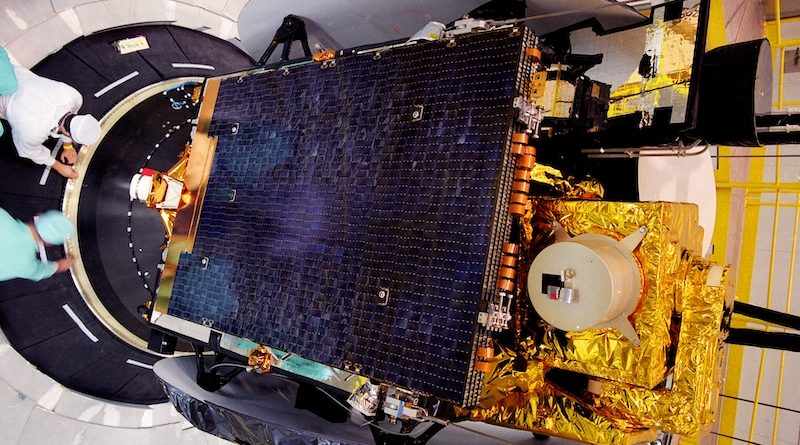
EU space policy and the European space industry play a vital role in the EU and its economy.
Far from being a slogan, the so-called New Space is a concrete phenomenon that is affecting the European Union too, where a profound transformation of the space landscape is undergoing, maturing and shaped by new actors, such as new space-faring nations and in particular by new private actors, as it was acknowledged in a dedicated Council’s conclusion dating from May 2021.
The liveliness that has invested this sector, in a period of economic recovery for our Union after the Covid 19 crisis, is extremely interesting and question the decision makers in Brussels about the potential of this market. Is the space sector an asset for strengthening the European industry and for the recovery of the EU economy? As rapporteur of the EU Space Programme – the key regulation for the sector entered into force last year – I always approached the space policy as an incredible asset for the EU economy as a whole, from which both companies and citizens can benefit greatly.
The numbers confirm that betting on this sector is indeed a good idea: a recent study of the European Parliament requested by the ITRE committee shows that 10% of the EU’s GDP rely on space. If we go further into details, the upstream sector, that covers launchers aerospace prime/satellite manufacturers and satellite operators and it is dominated by big players, generates EUR 8.8 billion and more than 40 thousand jobs.
Through the work on the regulation, the co-legislators managed to secure the framework that strengthen the competiveness of our industry, while ensuring the necessary strategic autonomy, allowing the EU to continue playing a role at global level.
Alongside this segment, there is the downstream sector, which is made of companies of different size (often SMES and start-ups) that develop services and applications by using data from satellites and space technologies. Some concrete examples are the CO2 monitoring, precision agriculture, emergency management and response.
Despite these important applications, the potential offered by the so-called space downstream is still undefined, as a matter of fact when assessing the manufacturing of the space sector, the space downstream is not even taken into account in this classification, mainly due to the fact that its boundaries are not well defined.
From this great fragmentation can depend a dramatic lack of awareness: a player that is not aware of being part of a supply chain can miss the opportunities offered by the market itself (and in this case by the Space Programme).
For this reason, recognising and actively promoting the potential of the downstream has been one of the key priorities of the legislators and the new Regulation has a strong focus on this subject.
The role of European institutions has been to promote open participation for start-ups, new entrants, small and medium-sized enterprises, and other economic operators, both in the upstream as well as in the downstream market.
As of today, there is no European legislative framework for the space downstream, but something is moving: last year the European Commission launched CASSINI (Competitive Space Start-ups for INnovatIon), an initiative that aims at supporting space entrepreneurship by providing EUR 1 billion of access to risk capital, expanding the number of start-ups in the EU, building businesses based on innovative EU space technologies, services and applications and accelerating their growth and scale up and drawing attention to this sector as a potential investment among venture capitalists.
to streamline the management and guarantee the full exploitation of the downstream sector could be the creation of a working and steering group, involving representatives of the institutions and of industry under the supervision of EUSPA agency in order to set up a targeted roadmap.
EU initiatives in this domain might not yet allow us to reach the moon, but they are key tools for our economy. Let’s harness this potential.




